Ace the PMP exam with the 2025 PMP Exam Prep Mastery: 65 Comprehensive Multiple Choice Questions and Expert Rationales for Chapters 6 to 9 – Schedule, Cost, Quality, and Resource Management! This targeted guide focuses on critical PMP domains, helping project managers master schedule, cost, quality, and resource management. Perfect for candidates aiming to pass the 2025 PMP exam with confidence, it offers in-depth practice and insights.
What’s inside to ensure your success:
-
65 Multiple Choice Questions: Exam-style questions covering Chapters 6 to 9 of the PMP curriculum.
-
Expert Rationales: Detailed explanations for each answer to solidify your understanding.
-
Focused Content: Deep dive into schedule, cost, quality, and resource management topics.
-
Exam-Ready Format: Structured to simulate the PMP exam and enhance retention.
-
Practical Application: Concepts explained with real-world project management scenarios.
Take charge of your PMP prep—master Chapters 6 to 9 and pass the 2025 exam with this essential guide!
Preview
To control the schedule, a project manager is reanalyzing the project to predict project
duration. She does this by analyzing the sequence of activities with the lease amount of
scheduling flexibility. What technique is she using?
A: Critical path method
B: Flowchart
C: Procedure diagramming
D: Work breakdown structure – – correct ans- -Critical path method
There are only two choices related to scheduling: critical path method and procedure
diagramming. Precedence diagramming, however, is a diagramming technique that
deals with the relationship between activities, not schedule flexibility. The project
manager is analyzing the critical path.
A dependency requiring that design be completed before manufacturing can start is an
example of a(n):
A: Discretionary dependency
B: External dependency
C: Mandatory dependency
D: Scope dependency – – correct ans- -Mandatory dependency
No mention is made that the dependency comes from a source outside the project, so
this is not an external dependency. Scope dependency is not a defined term. The key
word in the question is “requiring”. Since the dependency is required, it could not be
discretionary and therefore must be mandatory. The question defines a mandatory
dependency.
duration. She does this by analyzing the sequence of activities with the lease amount of
scheduling flexibility. What technique is she using?
A: Critical path method
B: Flowchart
C: Procedure diagramming
D: Work breakdown structure – – correct ans- -Critical path method
There are only two choices related to scheduling: critical path method and procedure
diagramming. Precedence diagramming, however, is a diagramming technique that
deals with the relationship between activities, not schedule flexibility. The project
manager is analyzing the critical path.
A dependency requiring that design be completed before manufacturing can start is an
example of a(n):
A: Discretionary dependency
B: External dependency
C: Mandatory dependency
D: Scope dependency – – correct ans- -Mandatory dependency
No mention is made that the dependency comes from a source outside the project, so
this is not an external dependency. Scope dependency is not a defined term. The key
word in the question is “requiring”. Since the dependency is required, it could not be
discretionary and therefore must be mandatory. The question defines a mandatory
dependency.
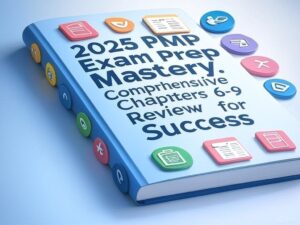
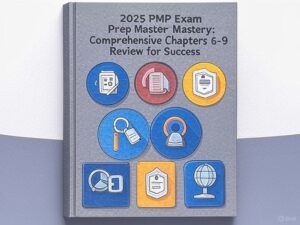




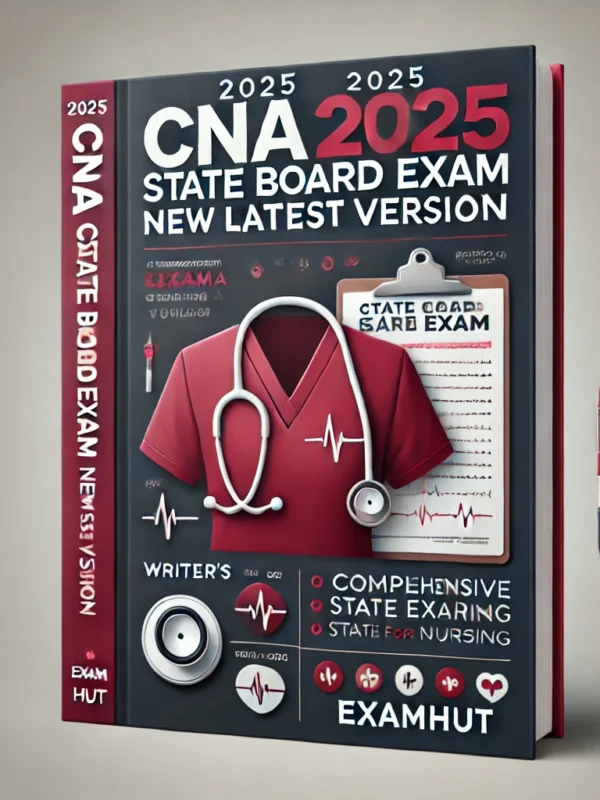

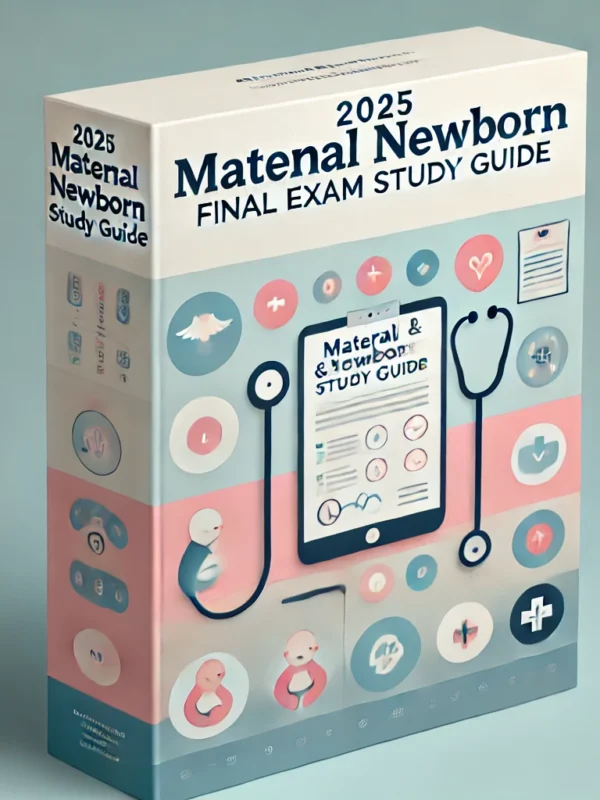
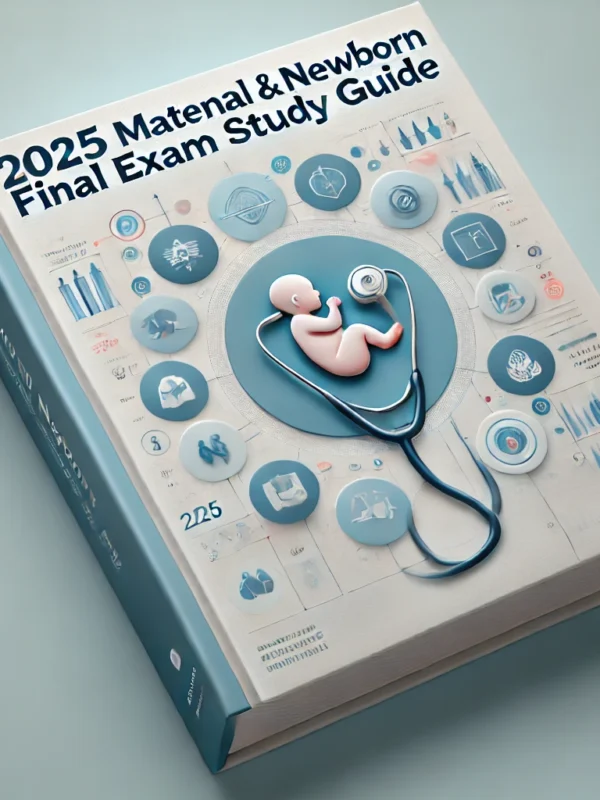

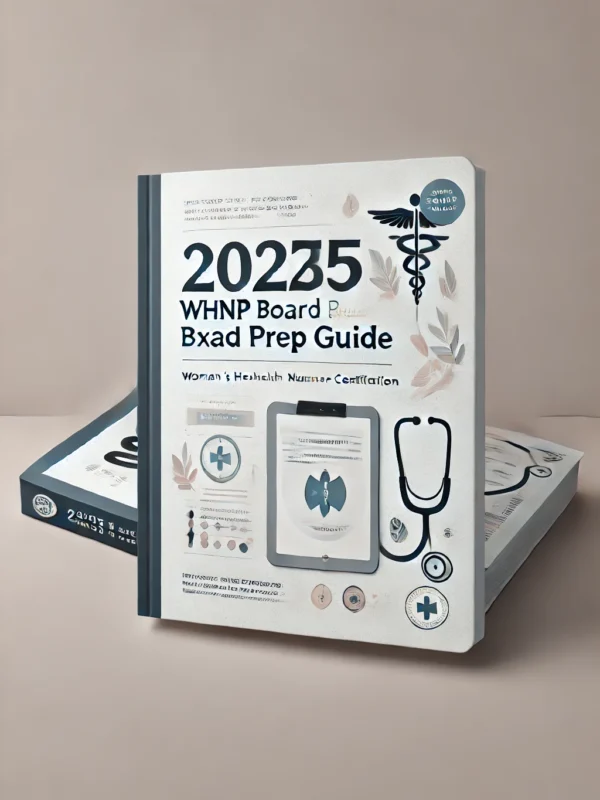
Reviews
There are no reviews yet.